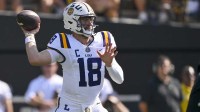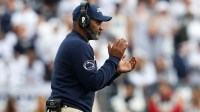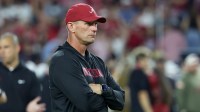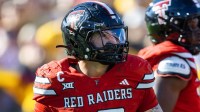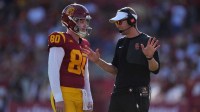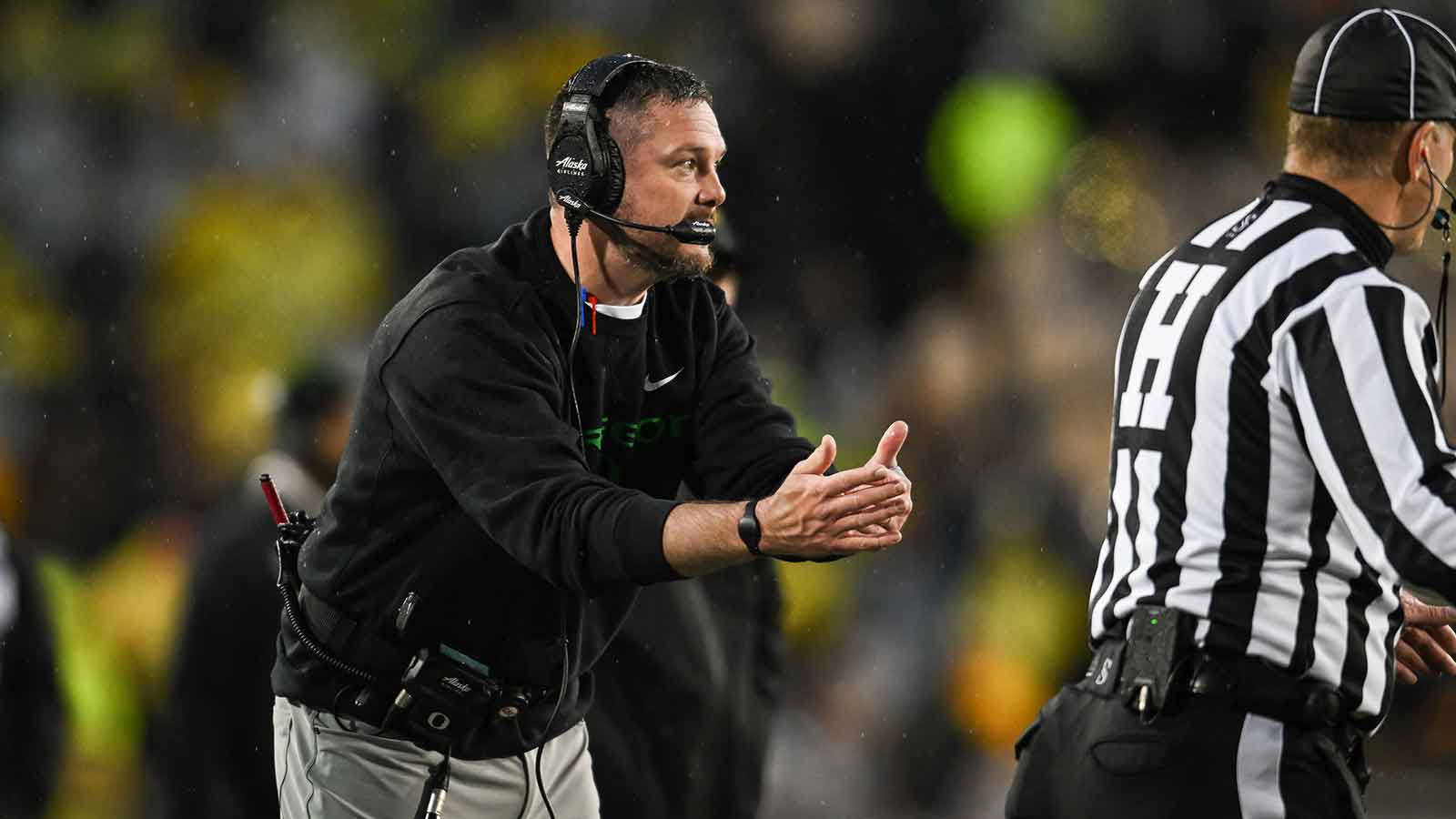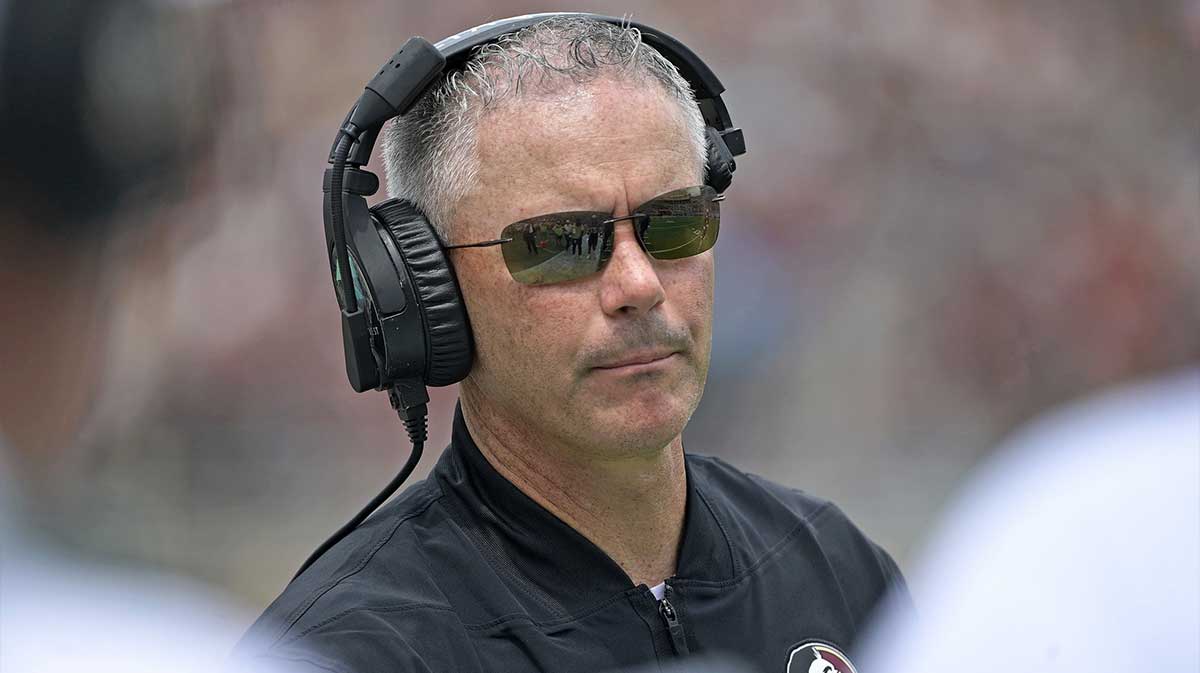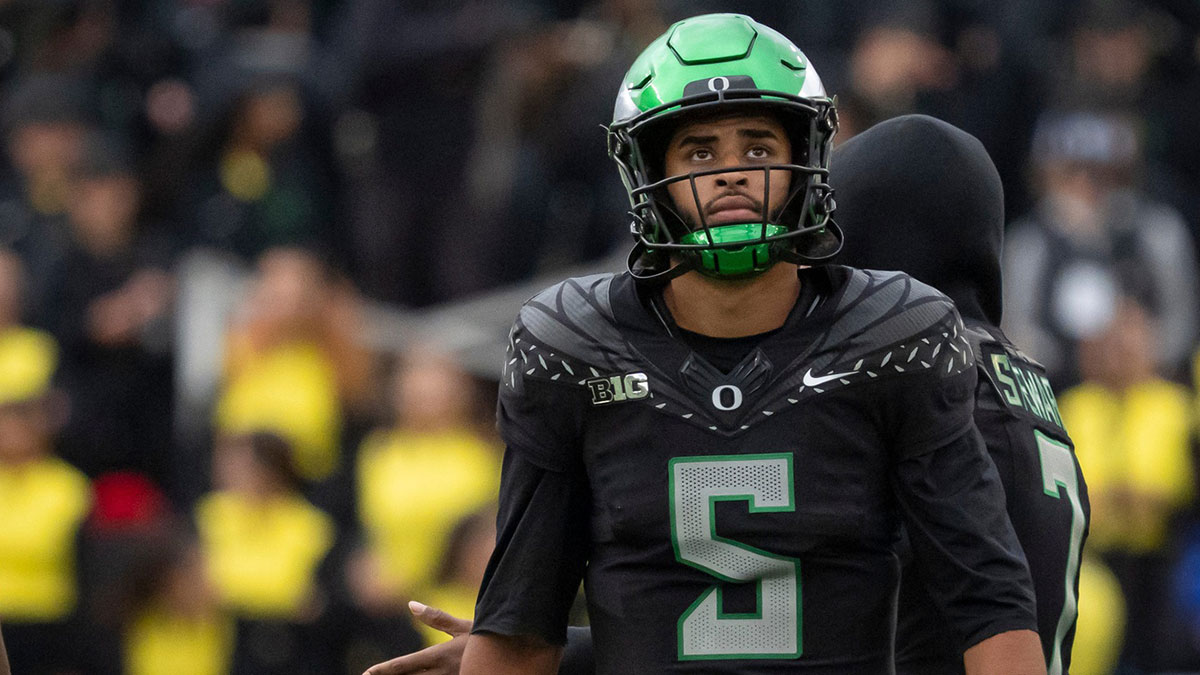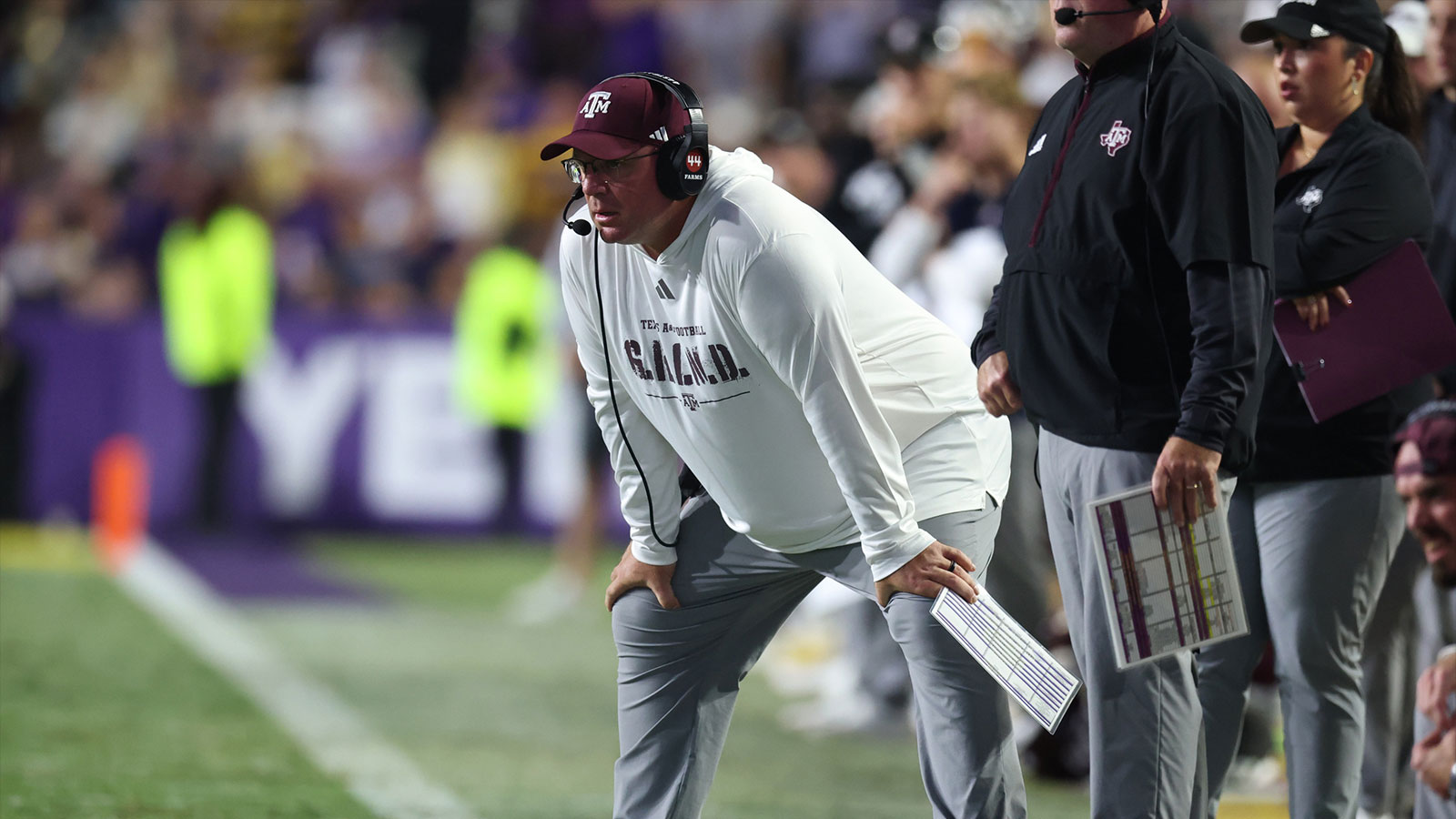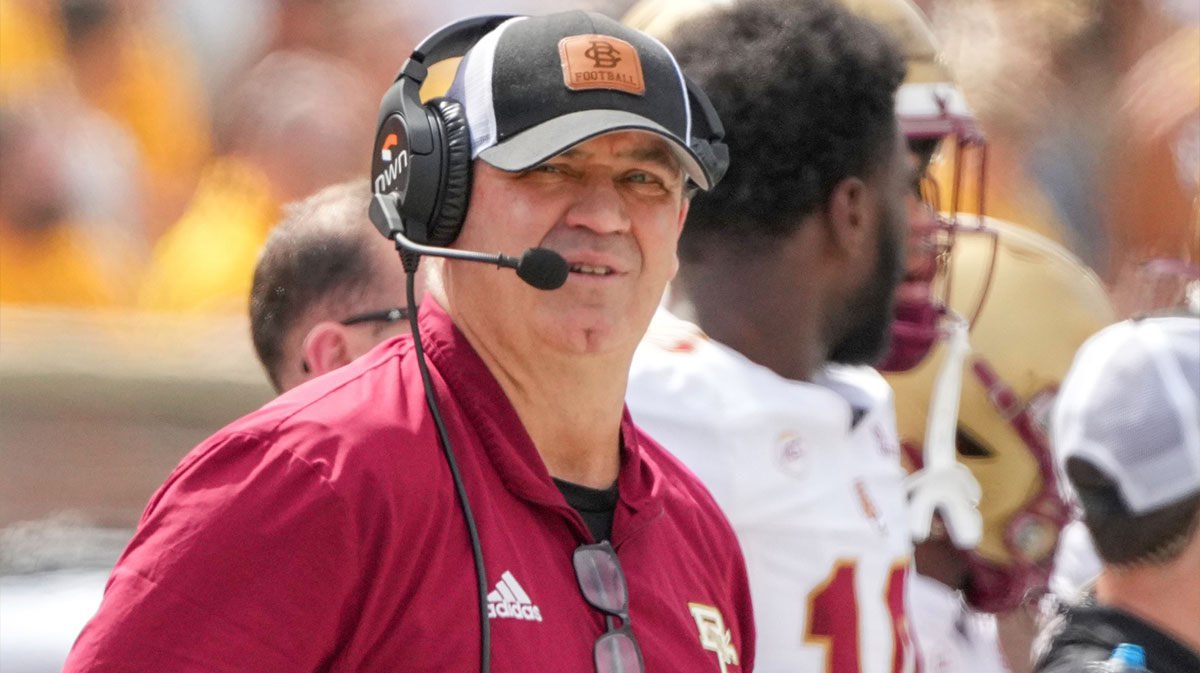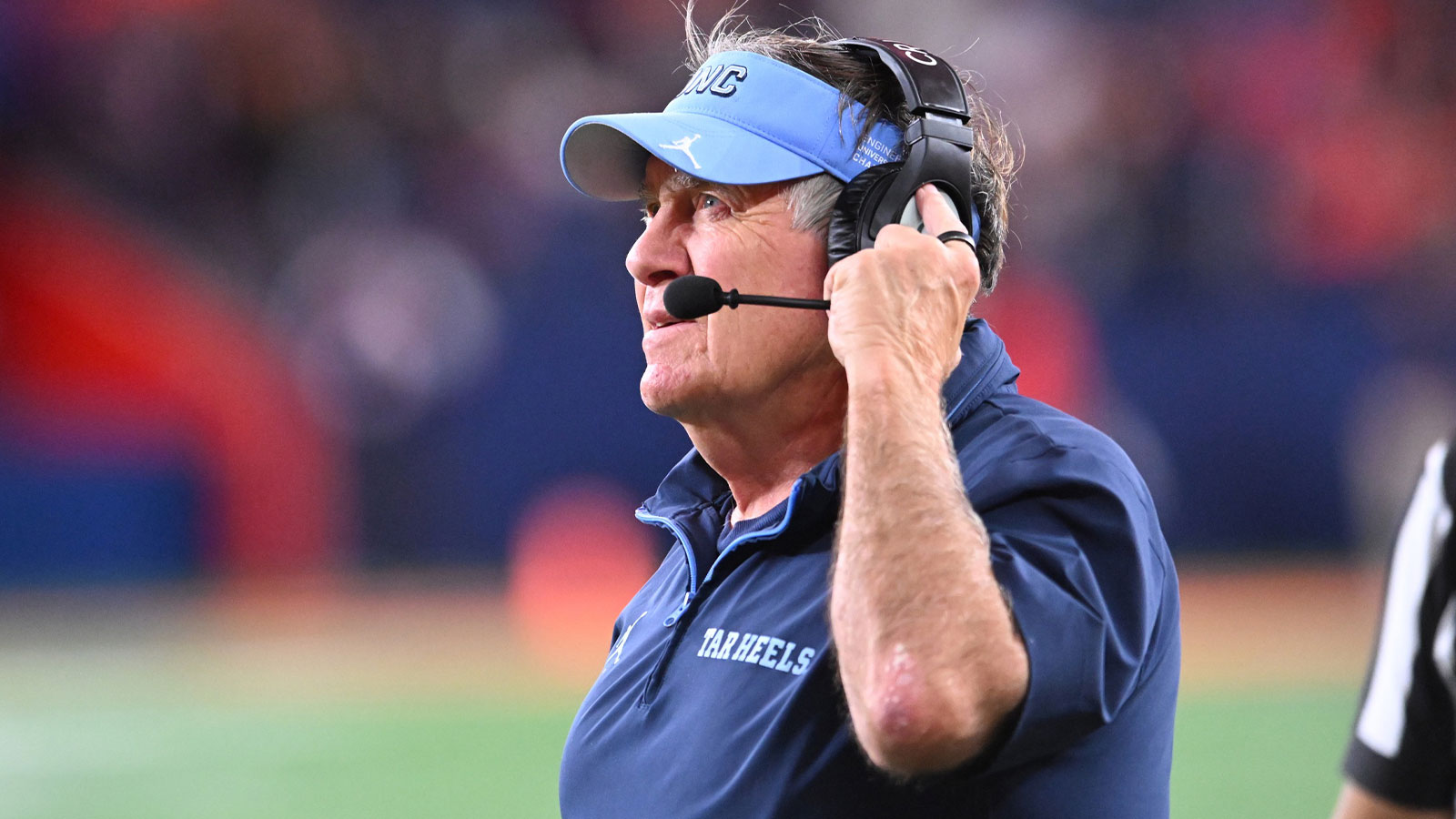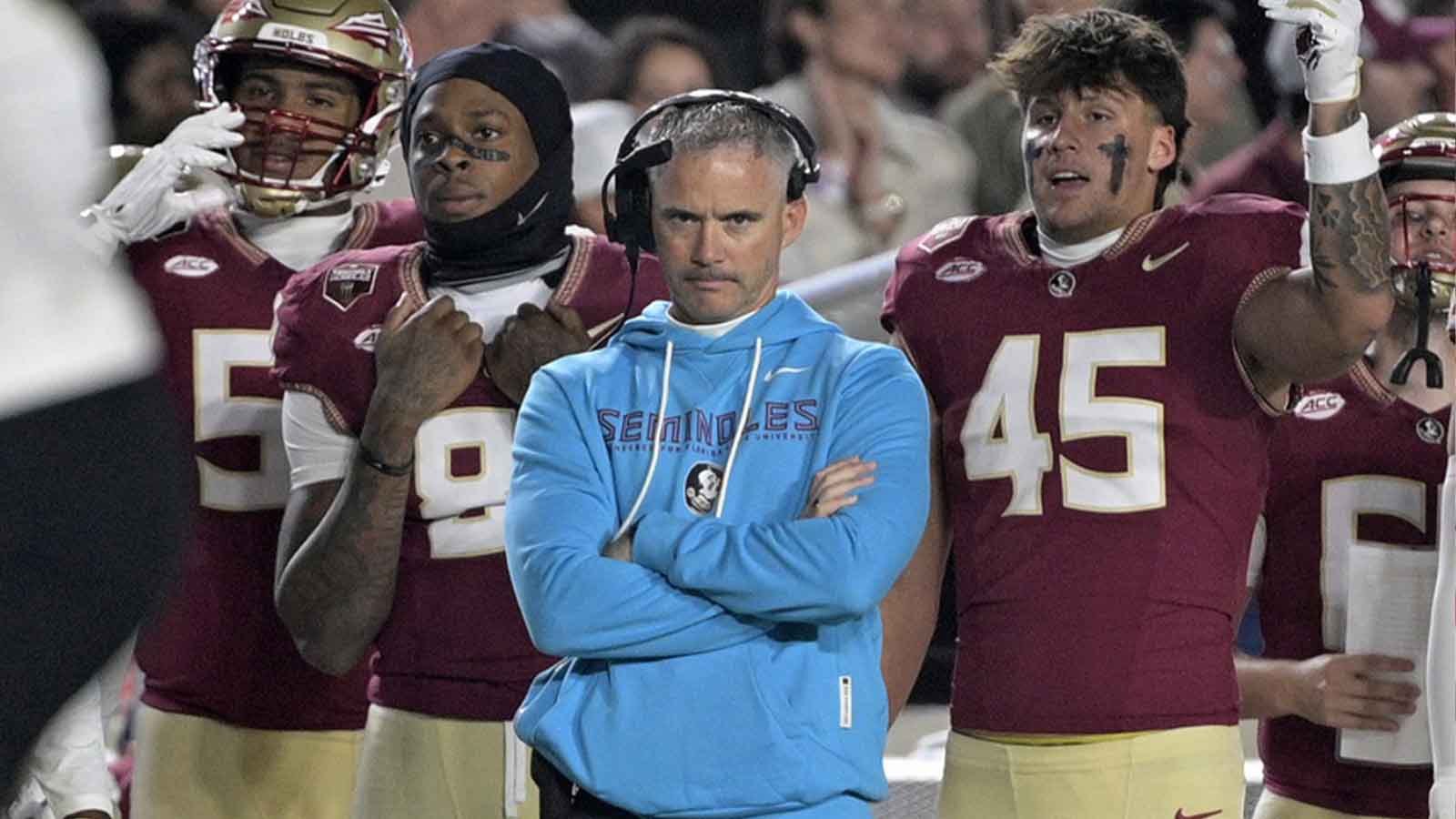Any college football fan knows that rivalries are what makes the sport so great. College football is home to some of the greatest feuds in North American sports, such as the Iron Bowl and the annual Army-Navy game. These rivalries and many more provide that extra drama and intensity that college football is so well-known for, but they can occasionally get out of control. One such wild college football moment happened on Saturday night between bitter in-state foes Michigan and Michigan State.
The fourth-ranked Wolverines soundly defeated the Spartans 29-7 in Ann Arbor, but controversy struck after the game:
Footage of the scuffling pic.twitter.com/cipLWi5RBS
— Matt Charboneau (@mattcharboneau) October 30, 2022
Reporters captured footage of several Michigan State players attacking a lone Michigan player. Wolverines head football coach Jim Harbaugh called the encounter a “10 on one,” and said that another Michigan player was “assaulted” after the game. The University of Michigan Police Department has launched an investigation into the incident.
“What happened after the game was completely unacceptable,” Michigan athletic director Warde Manuel said in a postgame press conference. “I talked to the commissioner. He is looking into it. We have the police also looking into it because they've seen the video. And so they’re addressing it. We will leave it in their hands, but this is not how we should interact after a game.”
Unfortunately, this Michigan State-Michigan incident is far from the first time a fight has broken out due to a college football rivalry game. Here are just a few of the most infamous rivalry fights from this century.
3. UCLA vs. Arizona 2011
UCLA and Arizona may not be the biggest of rivals, as both teams share more animosity with their in-state foes. However, the Bruins and Wildcats have been fierce competitors in the Pac-12 South for many years, and they certainly aren't friendly with each other. That was especially true when they met in Tucson on October 21, 2011.
Despite entering the game 1-5 and recently firing head coach Mike Stoops, Arizona dominated UCLA to jump out to a 42-7 halftime lead. In the waning seconds of the half, then-Arizona student Jacen Lankow ran onto the field dressed as an official, only to take off his costume and run across the field. Just seconds later, the two teams engaged in a bench-clearing brawl that took up most of the field.
“We were blowing them out and they were in their feelings about it, that’s why the fight started,” former Arizona cornerback Shaq Richardson told the Arizona Daily Star.
Ten players, including Richardson, who began his college career at UCLA, received suspensions for their role in the brawl. Arizona would go on to win 48-12 and finish the season 4-8, while UCLA finished 6-8. The Bruins have won eight of the 10 games since the infamous brawl.
2. South Carolina vs. Clemson 2004
The rivalry between South Carolina and Clemson is one of the most underrated and hate-filled rivalries in college football. The showdown in Clemson on November 20, 2004, coincidentally one day after the infamous “Malice at the Palace” incident, is easily the biggest example of the bitterness between these teams. Some shoving occurred before the game, but that pales in comparison to what happened late in the fourth quarter.
With the Tigers holding a commanding 29-7 lead with less than six minutes to go, the Gamecocks attempted to convert a fourth-and-11 to keep their slim comeback hopes alive. The pass fell incomplete, but multiple Clemson players laid on top of South Carolina quarterback Syvelle Newton to prevent him from getting up. This started a massive brawl that halted play for six minutes and required state troopers to break up.
The fight, which overshadowed South Carolina head coach Lou Holtz's final regular-season game, led to major consequences for both schools. Their respective conferences suspended six players each, and both schools did not accept a bowl bid as punishment.
“The decision by the University of South Carolina not go to a bowl game sends the important message to student-athletes, not only at South Carolina and in the Southeastern Conference, but thoughout the nation that intercollegiate ahtletics will not tolerate the kind of behavior we saw in the South Carolina-Clemson game last Saturday,” then-SEC commissioner Mike Slive said.
1. FIU vs. Miami 2006
Miami and FIU may not seem like the biggest rivalry, but with both campuses less than 10 miles apart, the hate is real. This game, which took place in the Orange Bowl on October 14, 2006, was the first-ever meeting between the two teams, and it left quite the first impression to say the least.
Both teams were at each other's throats all night, but tensions boiled over in the third quarter. Miami running back James Bryant scored a touchdown to put the Hurricanes up 13-0, but received an unsportsmanlike conduct penalty for his celebration. FIU safety Chris Smith then wrestled Miami holder Matt Perelli down on the PAT, sparking the biggest brawl in college football history.
This bench-clearing fight featured punches, kicks, swinging helmets and plenty more. Thanks to Florida Highway Patrol and FIU campus police, the fight only lasted two minutes, but the fallout was immense. Play ceased for 24 minutes and 13 players received ejections, eight for FIU and five for Miami.
The following day, FIU suspended 18 players and Miami suspended 13. The day after that, the Hurricanes suspended safeties Brandon Merriweather and Anthony Reddick indefinitely, and the other players would have to complete community service. Miami then enacted a “zero-tolerance” policy, which meant that any player involved in a fight would be suspended for the remainder of the season and could be kicked off the team.
On the FIU side, the Panthers kicked cornerbacks Marshall McDuffie Jr. and Chris Smith off the team. They then suspended the other players indefinitely and placed them on probation for the rest of the year. Panthers head coach Don Strock resigned after the season, while the Hurricanes fired head coach Larry Coker for his handling of the incident.
“We have suffered disappointments and tragedy off and on the field,” Miami president Donna Shalala said in a statement. “We can and will do better for our student-athletes and our community.”
The Hurricanes and Panthers have played three times since without any incidents, most recently in 2019. However, that fight will forever live in college football infamy, just as this latest wild Michigan-Michigan State incident will.



